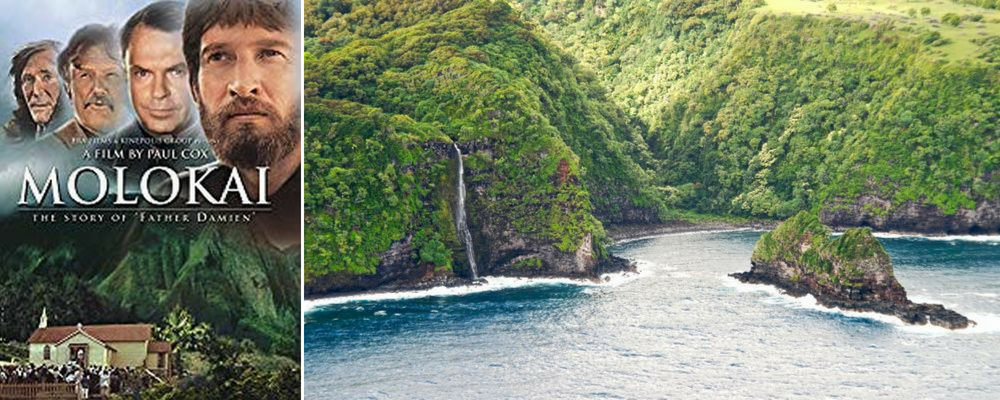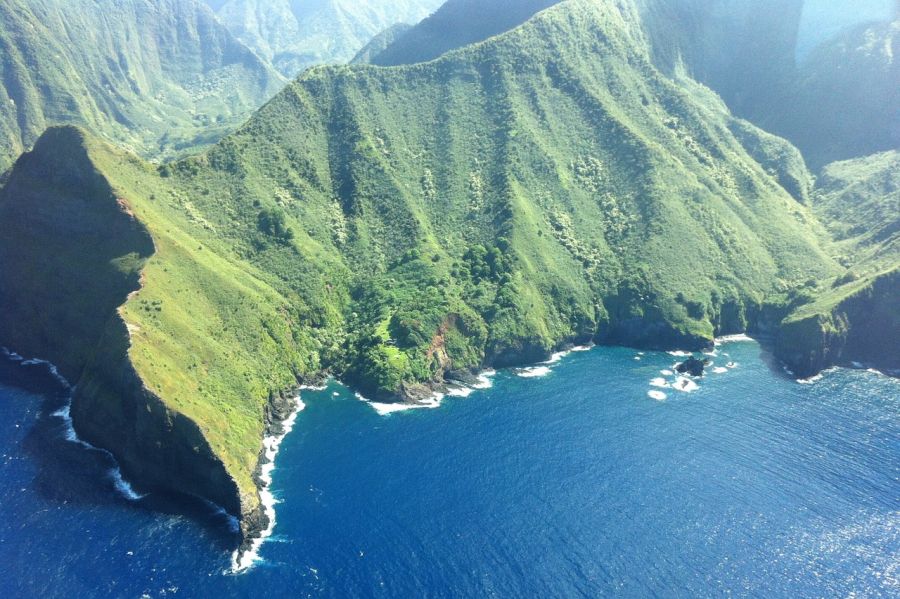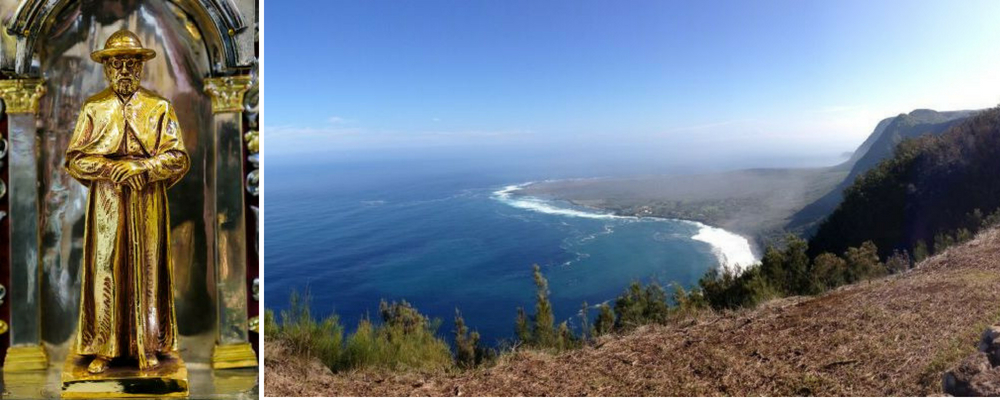
Filmed in Hawaii – Molokai: The Story of Father Damien (1999)
Over the years, many pictures have been filmed in Hawaii. But one you might not be all too familiar with is 1999’s Molokai: The Story of Father Damien, directed by Paul Cox and based on Hilde Eyrikel’s biographical book. Combined with a soulful score, this beautifully-directed film is a poignant retelling of the story of the devout Roman Catholic priest.
Set on the Hawaiian island of Molokai, the film sees the titular Father Damien (played by David Wenham) commit himself to living with and aiding the lepers at the quarantined Kalaupapa Leprosy Settlement. Despite the great risk he faces in his exposure, the Belgian priest sets out to bring comfort to the lepers while also serving them spiritually.
It’s reasonable to say that this picture isn’t a mainstream one like most other movies filmed in Hawaii, or anywhere near as well-known for that matter. However, its supporting cast does include some renowned veteran actors. There’s the late Peter O’Toole, Sir Derek Jacobi and Sam Neill, who by then was no stranger to Hawaii having starred in 1993’s Jurassic Park.
Much like 2011’s biographical film Soul Surfer was filmed on Kauai, it seemed only a logical choice for the filmmakers to shoot Molokai: The Story of Father Damien where it actually took place. That location is Kalaupapa Peninsula on the northern side of the island, home to the Leprosy Settlement and now part of Kalaupapa National Historical Park in Kalawao County.
Throughout the film there are some truly arresting and lingering shots of the peninsula’s hills, valleys, forests, beaches and its towering sea cliffs. In fact, these cliffs are some of the highest in the world, dramatically rising 2,000 feet above the ocean. For the most part, the coast serves as the film’s backdrop, often more wind-battered than not but no less beautiful.

The opening and closing scenes of Molokai: The Story of Father Damien are particularly memorable. The very first shot guides us along a sunlit beach and sparkling surf and into a shaded palm tree forest. In nearing the end of the film – when Tom Wilkinson’s Brother Joseph Dutton arrives – a stunning shot of a rainbow before a mountain choked in mist is simply alluring. And then the final scene offers up the peninsula in all its glory.
But while this stretch of land might seem like paradise, during the late 19th century it was anything but. At that time it served two leper colonies – at Kalaupapa on the western side, and Kalawao on the east – where 8,500 people were exiled to. Now, the park preserves the remnants of these settlements, although several survivors continue to live here.
Perhaps to no surprise, access to Kalaupapa National Historical Park is strictly regulated by law. If you’d like to obtain a permit and visit these sites, Damien Tours, Kalaupapa Guided Mule Tour and Molokai Outdoors do provide such opportunities. With them you’ll be able to visit Father Damien’s burial site and even step inside the church he built, St. Philomena Catholic Church.

You’ll note that scenes in the film aren’t restricted to the island of Molokai, as the film intercuts between the settlement and Honolulu. Here, we continuously revisit Hawaiian government officials and church representatives as they deliberate over the challenges on Molokai. There are also a few scenes filmed out on the waters, such as when Father Damien first arrives at Molokai by ship.
While it would be fair to say that Molokai: The Story of Father Damien hasn’t aged particularly well (as is the case with many low-budget productions), its somewhat grainy picture quality strangely gives the already-striking scenery an almost oil painting-esque feel. Ultimately, it’s impossible for you not to fall deeply in love with the remarkable Hawaiian landscape seen onscreen.
Tropical-green sea cliffs streaked with the shadows of overhead clouds aren’t the only things you’ll take away from this film, though. Father Damien’s selfless efforts to better the lives of the lepers, along with their unenviable hardships, is something that should never go forgotten. And thanks to such graceful storytelling, and to Hawaii – the story’s true home – for many it won’t.

Dan is a freelance writer from the UK who works for a number of online publications. He’s also working on a science fiction novel, and believes the impression Jurassic Park made on him as a child – both the Spielberg film and the book by Michael Crichton – to be the source of his passion to write. He previously critiqued theatrical releases for his local radio station, while his blog ‘Curious Rookie’ remains his platform for sharing film, travel and book reviews. Dan has also visited some of the most iconic film locations around the world, and his favorite destination is the island of Kauai in Hawaii.









7 thoughts on “Filmed in Hawaii – Molokai: The Story of Father Damien (1999)”
A few years back, I took a helicopter tour from Maui and flew around Moloka’i. I was awestruck by its beauty but also filled with mixed emotions of sadness, eeriness, and anger from the pilot’s narration of the infamous 19th century leper colony’s past. I didn’t know about this movie, so thanks for this blog entry!
How did they get the people to appear to have leprosy in this movie? Did they use people who had Hansen’s disease?
Thanks for this Blog. Molokai is the best film about faith and love.
Were real people with leprosy in this movie. What a heartfelt film… so glad I found this on Prime!